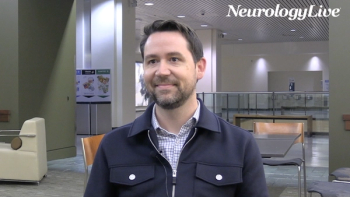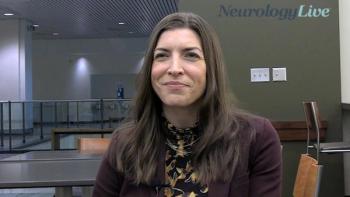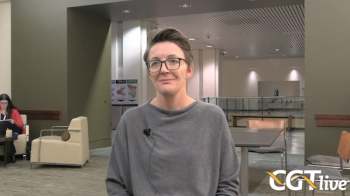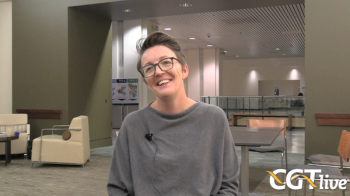
Rebecca Ahrens-Nicklas, MD, PhD, and Kiran Musunuru, MD, PhD, MPH, ML, MRA, on the Next Steps for Personalized Gene Editing
The physician-scientists at CHOP discussed what lies on the horizon after KJ’s treatment with a CRISPR-based gene editing therapy for CPS1 deficiency.
This is the second part of an interview with Kiran Musunuru, MD, PhD and Rebecca Ahrens-Nicklas, MD, PhD. For the first part,
“I think the long-term goal... is we want this to be a platform that will benefit many patients. We can do n-of-1 studies—we could do them from here to Kingdom Come, but Becca and I are only 2 people and so there's only so much we can do over the lengths of our careers, if we're forecasting over years. We really need something much more scalable that can be applied to help dozens, hundreds, thousands, and eventually, all the people who have rare diseases...”
History was made recently when KJ, an infant with an ultra-rare disease called severe carbamoyl phosphate synthetase 1 (CPS1) deficiency was treated with a personalized CRISPR-based gene editing therapy in an n-of-1 clinical trial carried out at Children’s Hospital of Philadelphia (CHOP).1 In tandem with the announcement of the news by CHOP on May 15, 2025, came a New England Journal of Medicine (NEJM) publication on the study and a presentation at
CGTLive® got in touch with Kiran Musunuru, MD, PhD, a physician-scientist and Barry J. Gertz Professor for translational research in the Perelman School of Medicine at the University of Pennsylvania and CHOP and Rebecca Ahrens-Nicklas, MD, PhD, a physician-scientist and director of the Gene Therapy for Inherited Metabolic Disorders Frontier Program at CHOP, both of whom were authors on the NEJM paper, to learn more. On the floor of ASGCT, Musunuru and Ahrens-Nicklas discussed the next steps now that several months have passed since KJ received the treatment in February 2025. Ahrens-Nicklas pointed out that KJ will continued to be monitored very closely for safety and efficacy. Looking beyond this, her and Musunuru then discussed the potential future applications of the gene-editing technology used for KJ, emphasizing the ways in which it will need to be adapted to be able to be used at a scale practical for treating a wide range of rare diseases.
REFERENCES
1. World's first patient treated with personalized CRISPR gene editing therapy at Children’s Hospital of Philadelphia. News release. Children’s Hospital of Philadelphia. May 15, 2025. Accessed May 15, 2025.https://www.chop.edu/news/worlds-first-patient-treated-personalized-crispr-gene-editing-therapy-childrens-hospital
2. Musunuru K, Grandinette SA, Wang X, et al. Patient-specific in vivo gene editing to treat a rare genetic disease. N Engl J Med. Published online May 15, 2025:NEJMoa2504747.
Newsletter
Stay at the forefront of cutting-edge science with CGT—your direct line to expert insights, breakthrough data, and real-time coverage of the latest advancements in cell and gene therapy.










































